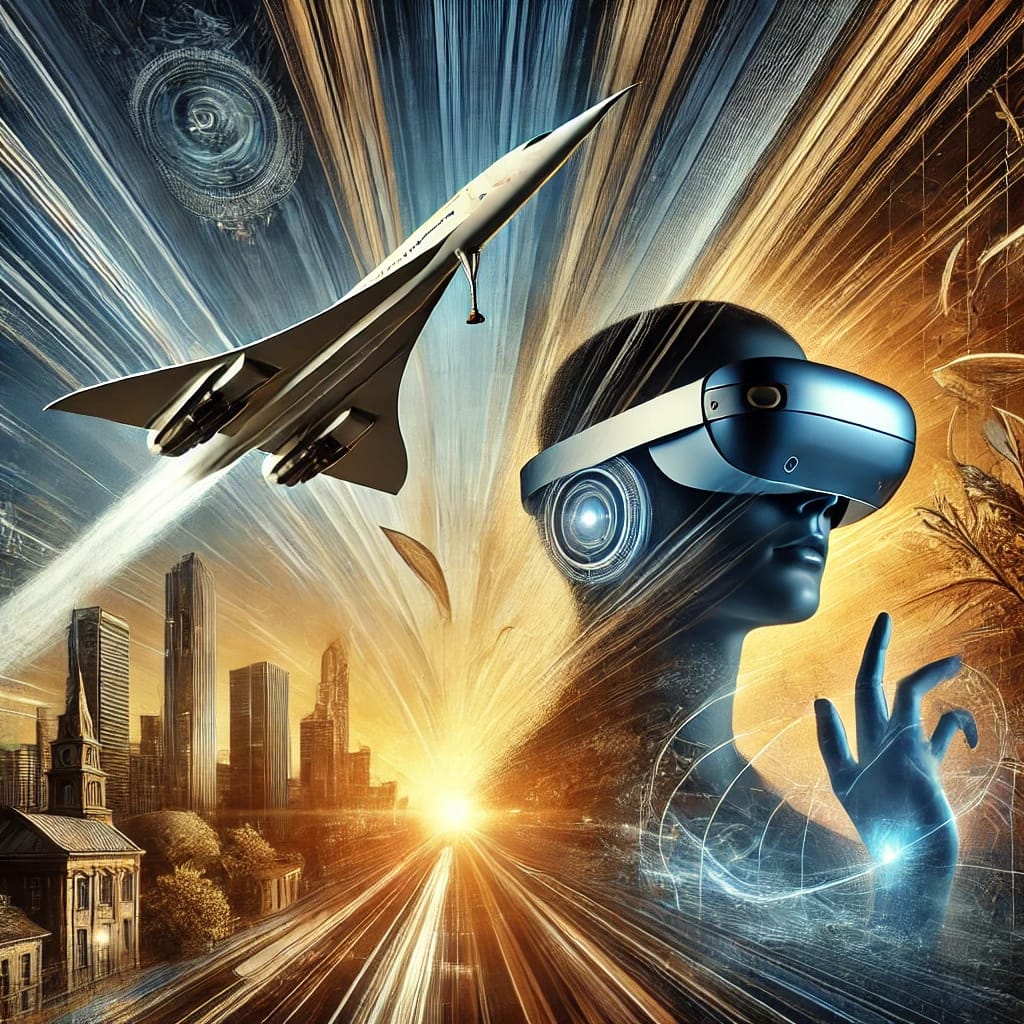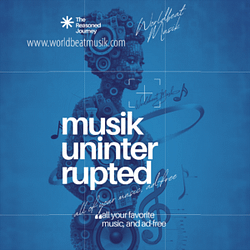Innovation whispers promises of the future, daring us to leap toward the extraordinary. It crafts visions so bold they linger in the mind long after their flaws reveal themselves. The Concorde, sleek and unapologetically fast, once defined such ambition. Now, decades later, the Apple Vision Pro, a portal into augmented reality, carries the weight of similar expectations. These creations remind us that greatness, no matter how dazzling, is fragile when unmoored from purpose.
The Seduction of Supersonic Dreams
The Concorde first took flight in 1969, a jet that soared above commercial air travel norms with its supersonic speed. It promised to shrink oceans, making New York closer to London than ever before. Yet its allure was more than speed. To board the Concorde was to belong to a select few, those whose privilege had been molded into gold-lined boarding passes.
But beneath the glamour, the numbers betrayed the dream. The Concorde could carry only 100 passengers, far fewer than its slower competitors. The more fuel it needed for transatlantic journeys, the fewer seats were available to paying customers. Each flight bled money—British Airways and Air France subsidized their operations to keep Concorde airborne, but even that wasn’t enough.
The environmental impact also became impossible to ignore. Noise complaints from sonic booms rippled across communities. Regulations restricted where it could fly, clipping its wings further. By 2003, the dream fell back to earth, too expensive, too exclusive, too impractical to continue.
It wasn’t failure; the Concorde delivered on its promise of speed and luxury. Yet its promise served so few that it ultimately unraveled.
The Vision Pro’s Gaze into Tomorrow
The Apple Vision Pro, unveiled in 2023, is no less audacious. Marketed as the most advanced augmented reality headset ever created, its sleek design and precision evoke the same admiration that once greeted the Concorde. Through its lenses, Apple promises a new way to see and engage with the world—mixing physical and digital in ways never before imagined.
But ambition is a double-edged sword. Priced at $3,500, the Vision Pro occupies the same niche as the Concorde: luxury innovation, accessible only to the elite. While the headset brims with technological excellence—ultra-clear displays, spatial audio, seamless integration with Apple’s ecosystem—it is tethered to significant limitations.
Trending searches ask: Is the Vision Pro worth the price? The answer depends on who’s asking. For developers and early adopters, it offers a canvas for creation and exploration. For the average consumer, its appeal remains limited. What practical need does it solve? What void does it fill that less expensive technologies cannot?
Much like the Concorde, the Vision Pro struggles against its own ambition. Its price restricts access. Its use cases—entertainment, remote work, creative design—are compelling but far from essential for most people. Its potential, while extraordinary, remains tethered to a future not yet arrived.
Questions that Shape the Future
• Why was the Concorde not successful despite its innovation?
The Concorde failed because its appeal was confined to a narrow audience. Its technological brilliance was unmatched, but it could not scale, nor could it address the environmental and economic realities of its time.
• Can the Apple Vision Pro avoid a similar fate?
The Vision Pro’s future depends on whether Apple can expand its audience. Can it evolve from a niche luxury to a broadly useful tool? Can it reduce costs, enhance accessibility, and create applications that resonate beyond technophiles and early adopters?
The Intersection of Vision and Reality
These innovations expose a tension that defines our age. The pursuit of greatness often serves the few while alienating the many. For all their wonder, creations like the Concorde and the Vision Pro remind us that true success lies not just in the brilliance of the idea but in its ability to transform lives at scale.
The Concorde, for all its majesty, was a plane without a place. The Vision Pro stands at a similar crossroads. Its story has yet to be written. If Apple learns from the Concorde, it can ensure the Vision Pro becomes more than a luxury—it can become a legacy.
A Question for Tomorrow
As you sit with these stories, ask yourself: What defines the value of innovation? Is it its ability to dazzle or its power to shape the lives of many? Share your thoughts below—how should ambition meet the needs of the world?
The answers will shape the technology of the future. The rest is up to us.
Discover more from The Reasoned Journey
Subscribe to get the latest posts sent to your email.


